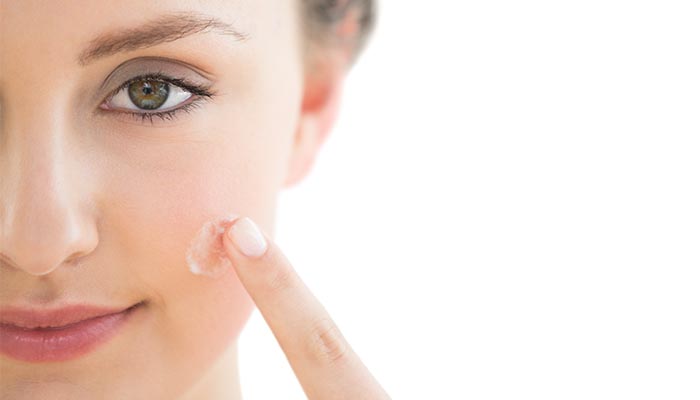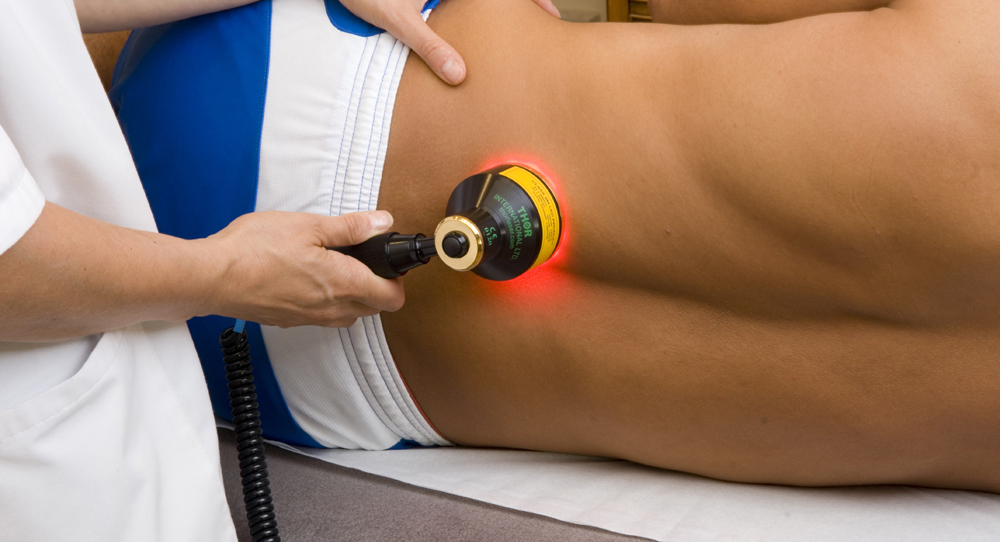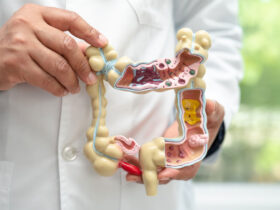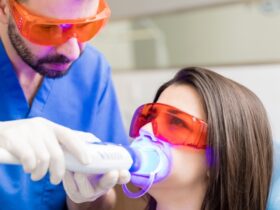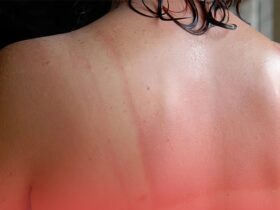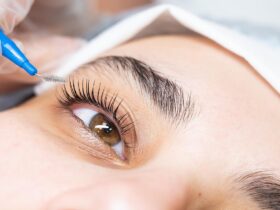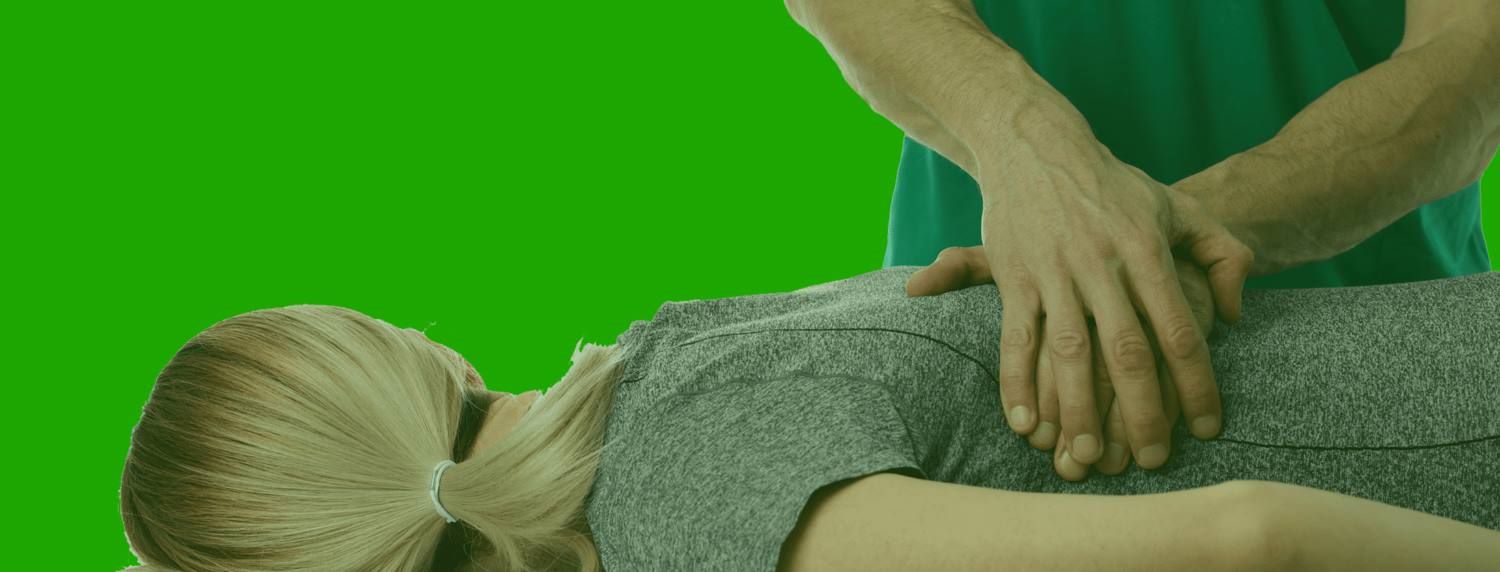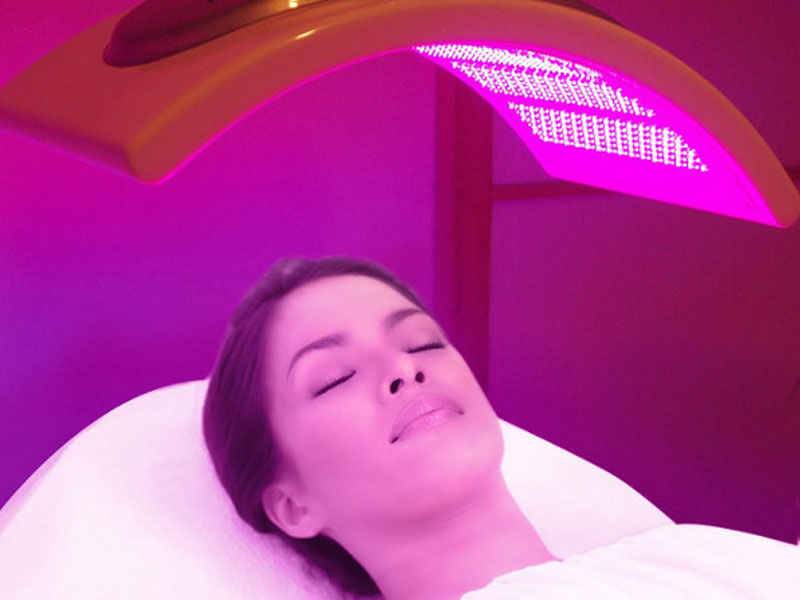There’s a number of treatment choices available for sale today. Using laser and lightweight therapy continues to be popular nowadays. The effectiveness of those treatments continues to be under consideration since the technologies are still youthful. They’ve acquired preference to individuals who find it hard to periodically apply creams on faces to deal with acne since conventional acne skin care treatments require effort and time within the application around the impacted areas. That’s the reason individuals have opted to figure out ways for acne that won’t cost much of time and energy. This is when light and laser therapy involves the image.
1. Blue-Light
Blue light is easily the most common light therapy for acne. It’s intense and narrow bands. It targets to kill ‘Propionibacterium Acnes’ or even the bacteria connected with acne. Normally, this is the final resort of individuals for their acne. Before, ultraviolet (Ultra violet) light was utilized to deal with acne. However, this sort of light was proven to break your skin and it was stopped. Blue light therapy is offered in increments. However, there are several negative effects like temporary color changes, dryness and inflammation. Many patients which were treated using blue light have proven outstanding improvement.
Blue light is promising because it doesn’t pose grave negative effects around the treated skin. Nothing like another treatments, blue light doesn’t harm the nearby tissues.
2. Pulsed Light as well as heat Energy (LHE)
Pulses of eco-friendly light as well as heat are utilized to combat acne by killing ‘Propionibacterium Acnes’ and reducing how big skin oil glands to reduce sebum production. This process will hinder the potential of clogging pores and welcoming more bacteria towards the site of infection. This therapy hits two wild birds with one stone because the two reasons for acne are targeted.
3. Light and 5 – Aminolevulinic Acidity (ALA)
This therapy involves two steps. Initially, the acne breakouts are given an answer of 5-aminolevulinic acidity (ALA). ALA can make the acne more responsive to light. Usually, the acne breakouts are given ALA for short time – from 15 – an hour. Time varies on the quality of acne development. Following this procedure, the ALA is taken away and lightweight can be used to reveal the acne. The elevated sensitivity from the acne to light dries in the acne. Red or blue light works well however, many side-effects have proven. Included in this are inflamed follicles resembling acne and mild darkening from the area. Another drawback to light therapy is it promotes aging and causes it to be more susceptible to dangerous skin cancers. However, more scientific studies are done about this.
4. Laser Light Treatments
Laser light treatments include ‘Diode Laser Treatment’ and ‘Pulsed Dye Laser Treatment’. There has been studies on using these types of laser light treatments and also have proven positive improvement. However, some negative effects include mild reddening and swelling from the surrounding tissue comprises for many real concern.
Using these treatments hasn’t yet been truly established. More research about the subject ought to be asked to settle the problems of negative effects that are either temporary or lengthy term. Although these treatments have proven to become more efficient on adults, information quietly effects and also the perfect treatment ought to be evaluated before undergoing laser therapy.

